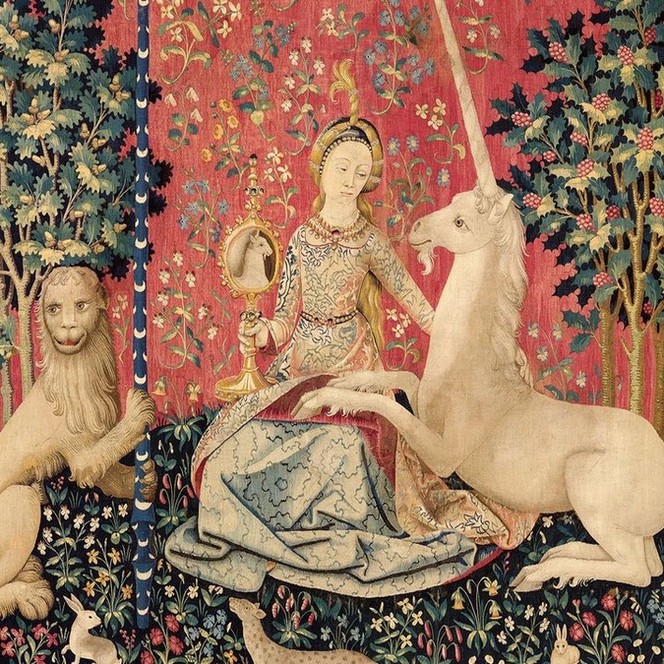More or less consciously, we are surrounded by the Middle Ages. In cultural life, the Nordic Middle Ages has hardly ever been more popular than now. Norse literature is still well known and read, and in new adaptations the content lives on in new forms.Computer games, films and series take motifs from Nordic myths and the Nordic Middle Ages. And often historical events from the Middle Ages can be used and misused in political argumentation in our time.
A current example is how Vladimir Putin abuses the Middle Ages to deny Ukraine's right to exist as its own nation. It varies a lot how historically correct the representations in both popular culture and political propaganda are. For fiction, it plays little role, but in order to have professionally founded perceptions of what the Middle Ages might have been like, it is important that up-to-date research and communication is carried out. For fiction, it plays little role, but in order to have professionally founded perceptions of what the Middle Ages might have been like, it is important that up-to-date research and communication are carried out.
Medieval studies today are a place for discussion, debate, and passionate argumentation. Such studies are expected to be interdisciplinary, where national traditions are inserted into an international framework. It is along these lines that the medieval initiative at NTNU will work forward towards 2030 - through the newly opened Medieval Center at NTNU.
Program:
17:00 – 18:00: Opening speeches
Ola By Rise: Director of Culture and Sports, The Municipality of Trondheim
Anne Kristine Børresen: Dean Faculty of Humanities, NTNU
The Medieval Centre: An introduction: Erik Opsahl, professor of medieval history and head of the Medieval Centre
Use and abuse of history:
The Romans, the ancestors of the Norwegians: On medieval use of history in Trondheim: Thea Selliaas Thorsen, professor of classical studies
King and Saint - Olav Haraldsson in post-Reformation historiography: Magne Njåstad, professor of late medieval and early modern times
18:00 – 18:15: Break
18:15 – 19:15: Cont. Use and abuse of history:
The Kensington stone - making a history: Ivar Berg, professor of Nordic linguistics
Coiling worms and broken baptismal font: A small insight into how the elite used older objects and style expressions to shape the contemporary 1000 years ago: Margrete Syrstad Andås, associate professor of art history
A coin for God - a coin for the Virgin Mary. A bit about coin findings in churches: Jon Anders Risvaag, associate professor of numismatics
The public is invited to participate in the discussion
Please note that photos will be taken during the festival on the 22nd and 23rd of September. The images will only be used for communication and information related to the festival going forward.

